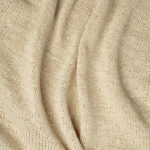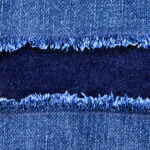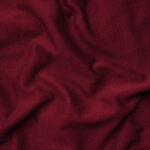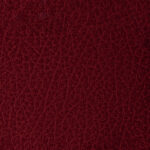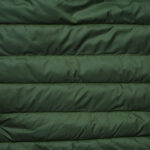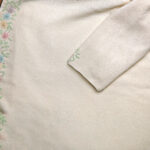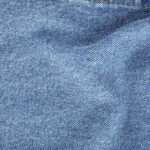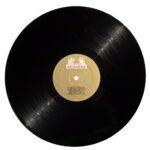TOGETHER, WE CARE FOR OUR COMMUNITIES
“The Salvation Army will always have a special place in my heart.” – Abhinav
Donations are at the heart of our organization, and we are incredibly grateful for the generosity of the members of our shared communities who donate their gently used items to our Thrift Stores. Some of these individuals like Abhinav and Noah, two high school students with a passion for helping families and individuals in need, even go above and beyond to help our Thrift Store community.
Together, between December 26th, 2022, and January 8th, 2023, Abhinav and Noah collected clothing donations from families in a nearby community by canvassing door-to-door and braving rainy days and cold weather.
At the end of their charity event, they collected approximately 420 articles of winter clothing, which they donated to their local Thrift Store in Mississauga, Ontario.
“The Salvation Army is a multi-dimensional organization, that has widespread impact and donations that reach the right people,” says Abhinav.
Abhinav and Noah’s act of kindness and generous contribution to our Thrift Store is deeply appreciated, as we are always in need of donations. We truly hope that their story will inspire others to follow their lead, as together we can care for our communities and the planet we share.













